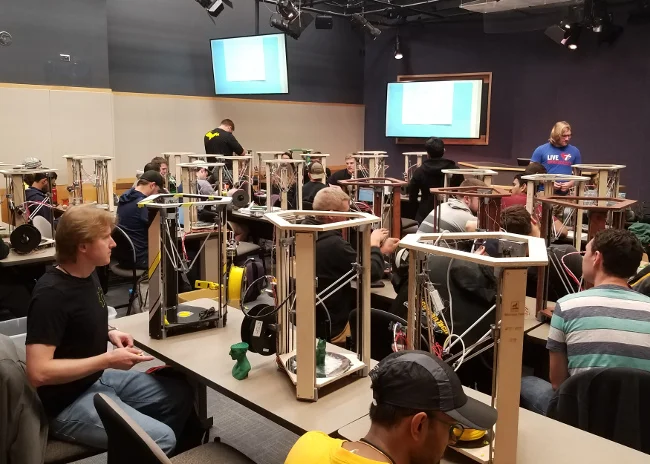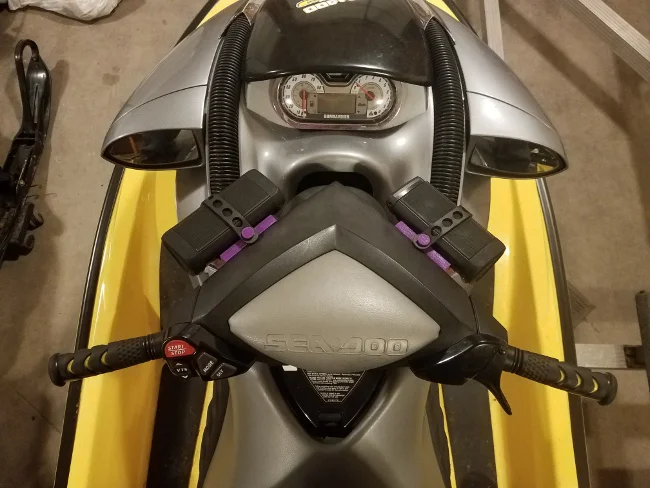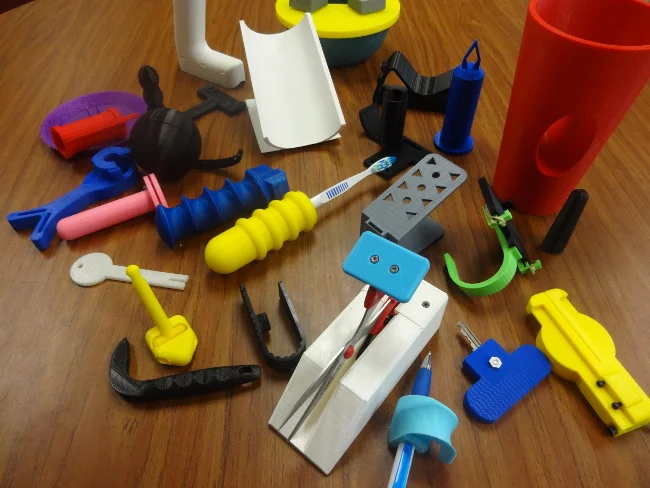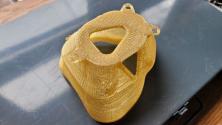Demand for 3D printing skills is soaring, with many engineering job listings from a variety of fields, including biomedical, software, and transportation, requiring familiarity with 3D printing.
Wikiversity is trying to fill this skills gap with its Open Source 3D Printing (OS3DP) course for undergraduate and graduate university students. Following in the tradition that started with the first open source RepRap (self replicating rapid prototyper), everything in this class—which will teach you what you need to know about 3D printing—is free.
Schools can use the course as a foundation to help their students create the future. Educators can adapt all or any part of the course, including all of the course videos, and anyone who wants to learn independently can walk through it at their own pace.
The difference between the course's undergraduate and graduate versions is that the graduate students must do everything the undergraduates do, but also make a significant improvement on the RepRap printers and publish their mods. This has resulted in an explosion of creativity, with past students adding heated beds, multi-material capability, solar-power, engraving and laser cutting functions, climate control, touchscreens, and error alarms.
Getting 3D printers
It's hard to learn about 3D printing without access to a 3D printer, so schools are using a variety of ways to make them available. For example, Michigan Tech charges a $500 course fee to cover the cost of a MOST Delta RepRap 2 kit, which students build and use in the course and keep afterwards. Despite the fee, the course is extremely popular and consistently overbooked with a long waiting list.

Other universities have either outfitted a 3D printer lab with commercial RepRaps like the Lulzbot Taz or loaned 3D printers to students. Another option is to have students build a JellyBox RepRap, which they assemble with zip ties and then disassemble at the end of the course to prepare the kit for the next class.
Although it is better from a pedagogical standpoint if the students can build and hack their own systems, this may be economically prohibitive for your students. In this case, the other methods are good substitutes.
What you will learn
The course is built around a selection of progressively more challenging exercises that teach students three open source design packages (OpenSCAD, FreeCAD, and Blender) so they can solve just about any 3D printing design challenge.
-
Rock wall teaches the basics of OpenSCAD and is an easy way to ensure students can use the 3D printers.
-
Customizer teaches a more advanced version of OpenSCAD to make it easy for novices to adapt students' designs. It uses the open source customizer to help students learn to solve all the problems in a category rather than just their own problems.
A student project to make PWC speaker mounts, which are more versitile and cost significantly less than commercial systems that exceed $500. See the project page for more details.
-
Viking mashup teaches students to take an open source design from the web and make a challenging adaptation to it by revising and modding others' designs to meet their functional or aesthetic needs. This feeds into the open source evolutionary design for all 3D printable products.
-
Adaptive aid is a virtual service learning project meant to demonstrate to students how open source sharing can help real people. Last year's students designed open source adaptive aids that saved more than 94%, on average, compared to commercial aids.

-
OSH Science is a service learning project and a mini-version of Wikiversity's 3D Printing of Open Source Hardware for Science course that helps students get to know research problems at their schools and how to design for high-tech environments following the Open Source Lab model.
-
OSAT is a virtual service learning project to demonstrate how open source sharing can help real people in resource-constrained contexts.
-
Big Money is the final project for the undergrads. It combines everything they've learned and asks them to demonstrate how they can create high-value products using a low-cost open source RepRap 3D printer.
OS3DP is one of 250+ courses that Wikiversity hosts to help "set learning free." Have a look and see what other fun subjects you can learn or contribute to help others learn.







3 Comments